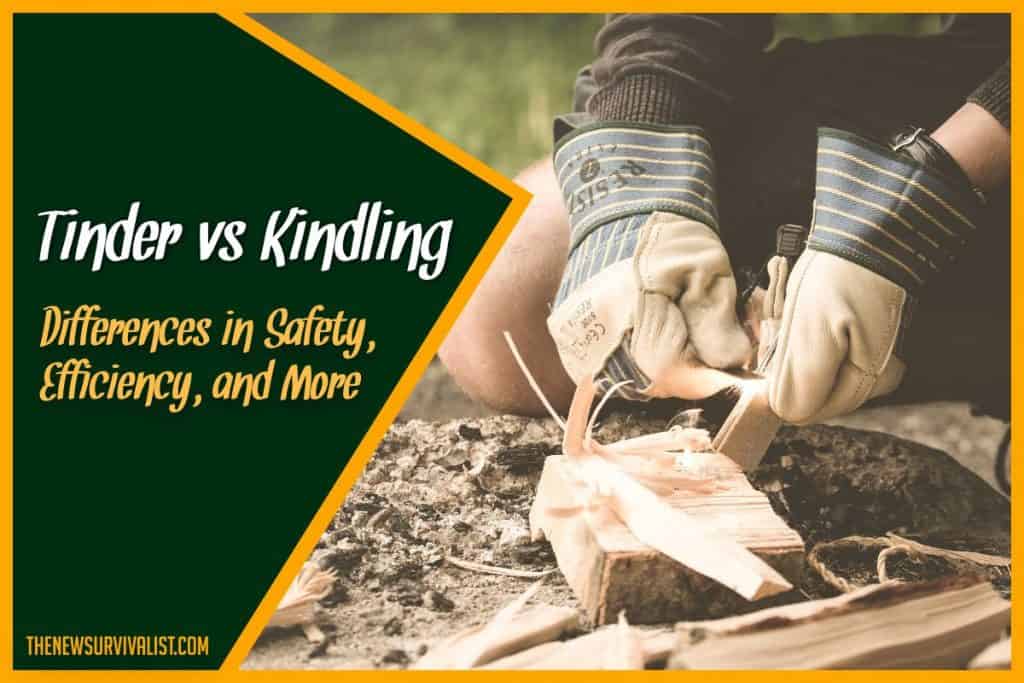Most people assume fires only need three things to start: fuel, oxygen, and heat. A more efficient approach notes the different types of wood used for fires – tinder, kindling, and fuel – and how they each uniquely contribute to making easier fires.
Tinder and kindling play distinct roles in building a fire and must be handled in different ways. Tinder burns much quicker, is more liable to accidentally catch, requires more stringent safety precautions than kindling, and is responsible for instigating the flame. Kindling is slower to burn and safer to store and nurtures the flame to the point it can handle burning fuel – another important component of fire.
While fuel is an important element in the process, the article will focus more on the differentiation between tinder and kindling, given how often those two seem to overlap.
Tinder vs. Kindling: Differences Explained
Safety and Storage
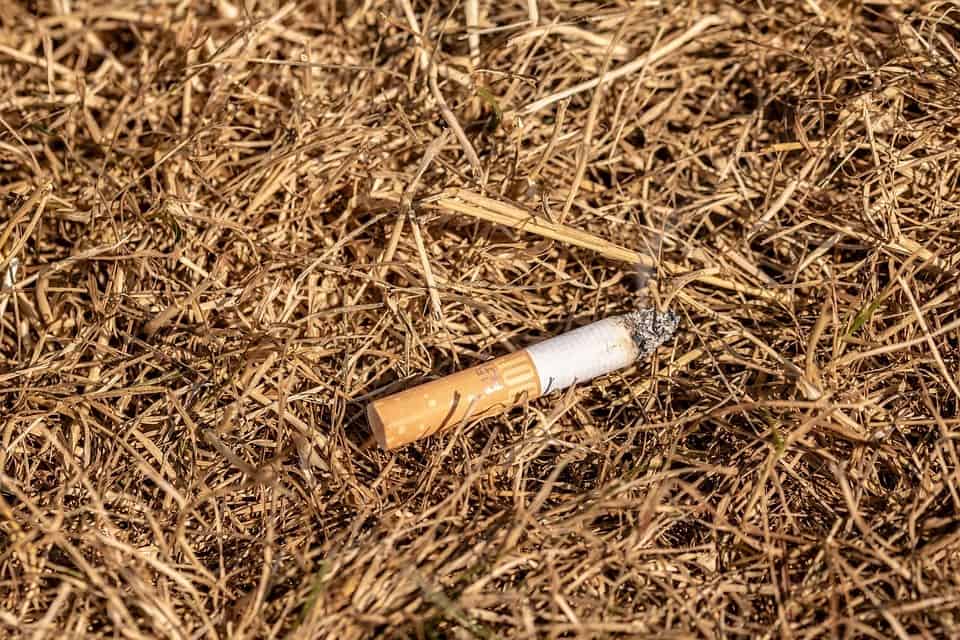
Tinder is composed of anything easily combustible in small sizes – usually no thicker than a pencil. Fatter tinder takes longer to ignite, defeating the purpose. It’s important to keep your tinder dry, as this makes it burn quicker when using it.
For these reasons, tinder also poses risks when improperly stored. In particular, sawdust proves infamously volatile and explosive, which only gets exacerbated due to the presence of heat-producing electronics in a workshop environment. Sawdust makes for one of the better burning tinder materials but carries plenty of risks that one needs to consider to avoid consequences.
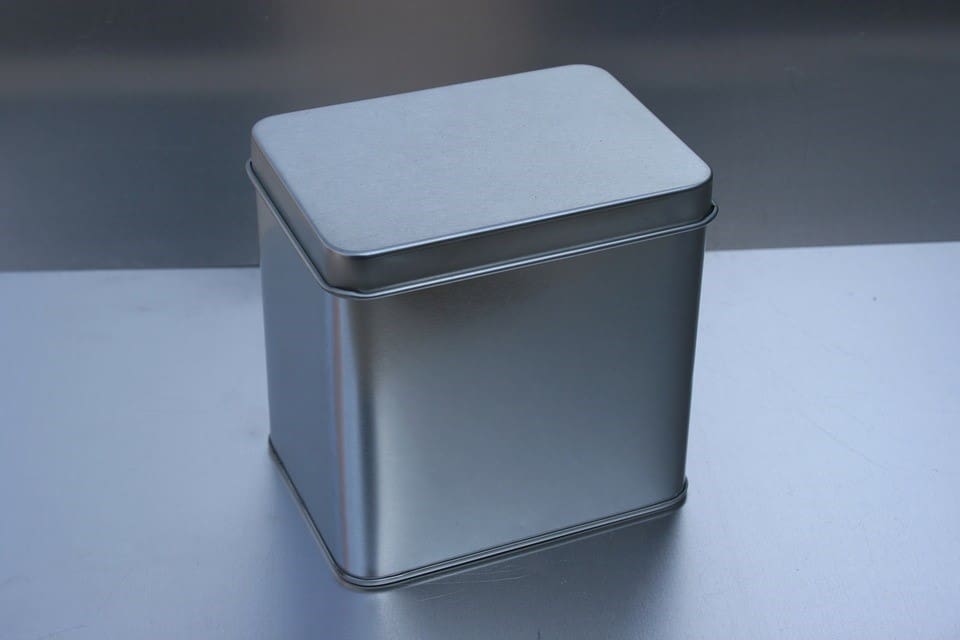
Tinder should always be stored in cool, dry places to avoid agitation, far away from any heat or friction-producing appliances. It’s also important to keep them away from readily available oxygen – mason jars make for excellent choices at home, while small tins and plastic bags are convenient storage options when camping or traveling.
Kindling is composed of similar material but comes in larger chunks than tinder. They can be much thicker than pencils – up to about an inch and a half diameter across in fact. Anything beyond those counts as fuel, which provides a different role in the process altogether. As usual, keep your kindling dry for an easier blaze.
While it depends on the size, kindling doesn’t share the same degree of risk as tinder does. Just follow the usual procedure of keeping them far away from anything that can produce heat, sparks, or friction.
Kindling can also be stored in bundles. A common combination is tying them in newspaper and twine – both materials very combustible themselves. This can be improved by layering the outer wrapping in beeswax for more convenient burning, though that comes at the cost of increasing the bundle’s volatility and subsequent storage concerns.
Efficiency
Tinder is meant to start the fire, placing the emphasis on how strongly it burns and how much effort it’d take to make it catch. As a result, they have notoriously poor sustainability. Lighting a fire entirely from tinder is unlikely to last long enough to even cook a meal.
Kindling’s role is sustaining a fire, and how well it does depend on placement. A few stacking methods include the log cabin, teepee, and lean-to, each named after some of the more common permanent shelters variants.
The one commonality is that the kindling needs to be set above the tinder being used for best results. Doing it differently could lead to too much smoke produced, or it burning out quicker than anticipated.
On a general note, for efficiency, it’s best to source all tinder and kindling prior to the trip. How well it burns depends on the dryness of your materials. Too much dampness will lead to frustration, especially if the compromised material is the tinder. Too much dryness leads to quicker burns, which would be less than ideal for kindling and fuel.
This becomes less of an issue as the flame swells in size, but prior to that point abstain from feeding your fire anything damp. The entire thing could very well fizzle out with the wrong additions.
Production
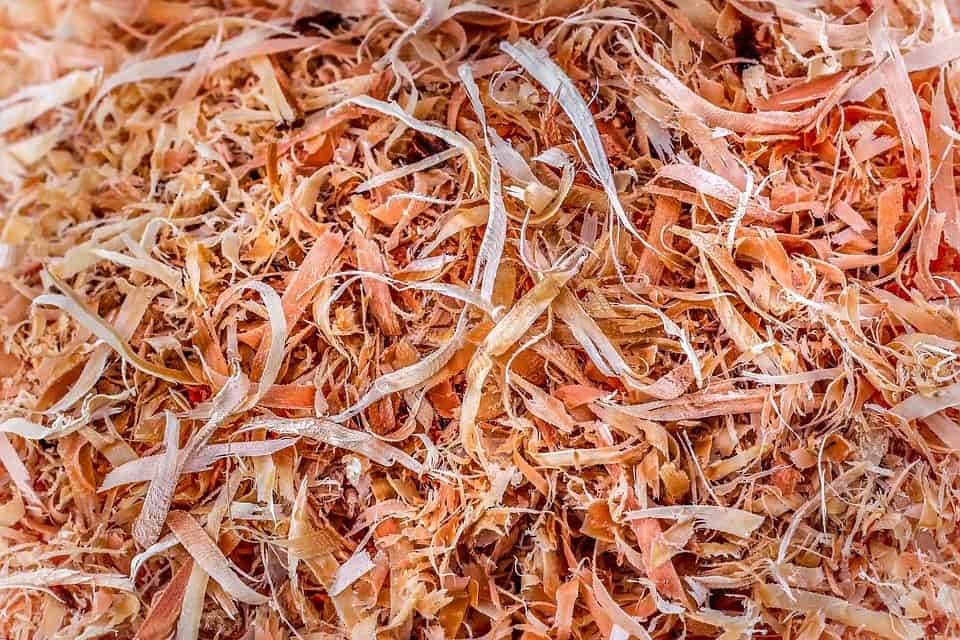
Tinder usually requires more effort to produce, as the most convenient ones don’t really manifest in nature. Wood needs to be deliberately filed or shaved down to achieve the proper size. Dead trees in nature can be used for these purposes rather effectively.
Leaves might be seen as a convenient example, but are rarely usable when gathered in nature due to compromising factors such as dampness or limited quantities. When using dried leaves or other foliage for tinder, make sure they’re devoid of any contaminants that could lead to more soot or smoke produced.
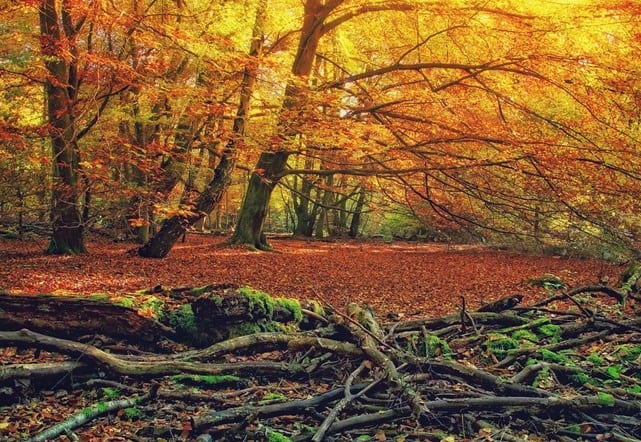
Kindling can be gathered much more easily, with scavenging debris from the environment being a simple affair. Dampness isn’t as bad a concern in kindling compared to tinder in controlled amounts, though the smoke produced by using them could prove challenging.
On a concerning note, junk food actually burns for a lot longer than people expect. The chips especially make for pretty good kindling on the fly.
In a pinch, one could also convert kindling into tinder. All you’d need is a carving knife and time. Fuel can also be converted into kindling, requiring nothing but time and tools as well.
Usage
All the components used for a fire fulfill different purposes. It’s important to recognize how each of them uniquely contributes to the process.
Tinder is there to start the initial flame and help the less combustible materials burn. As a result, they end up burning bright but fizzle out very quickly. For best results, always set your tinder in the center of the firepit.
Kindling is used to nurture the flames built from the tinder. They turn the flicker of brief heat into what’d eventually become the campfire. Kindling is best stacked above the tinder, but not to the point of cutting off airflow for the flames.
While unmentioned in the title, fuel is also a very important element in the campfire process. These are the large logs or chunks of wood fed into the flame after kindling is introduced, and are responsible for the bulk of the fire’s duration.
Materials
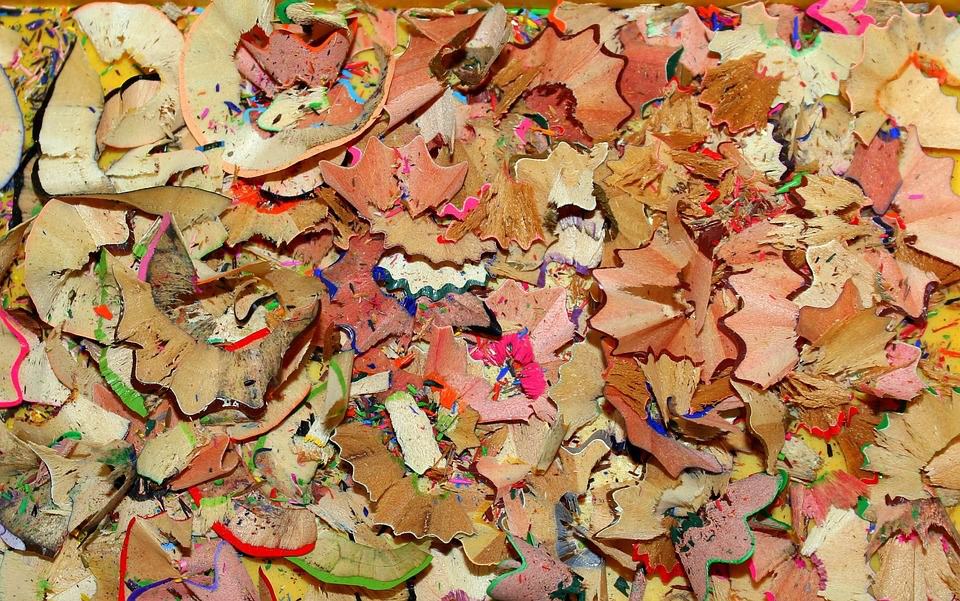
Tinder can be composed of a huge variety of materials such as shredded bark, paper, dried foliage, twine, cotton coated with petroleum jelly or beeswax, sawdust, and even pencil shavings. Tinder is best prepared prior to the trip. Their only real need is to burn quickly and cleanly, and some of the best performing tinder don’t even involve wood.
Kindling is often made from either scavenged wooden branches or split logs. While there are a few improvised exceptions to the rule – e.g., chips, pinecones, candles – kindling is for the most part much more convenient to handle on-site. They can also be wrapped or bundled for easy travel, but the size and weight would definitely prove more irritating than a small carry-on tin of tinder.
Final Thoughts
Tinder and kindling work to accomplish very different needs, and have their own strengths and weaknesses. They’re meant to complement one another when creating a fire. Understanding their different purposes allows for a more manageable time doing so.

